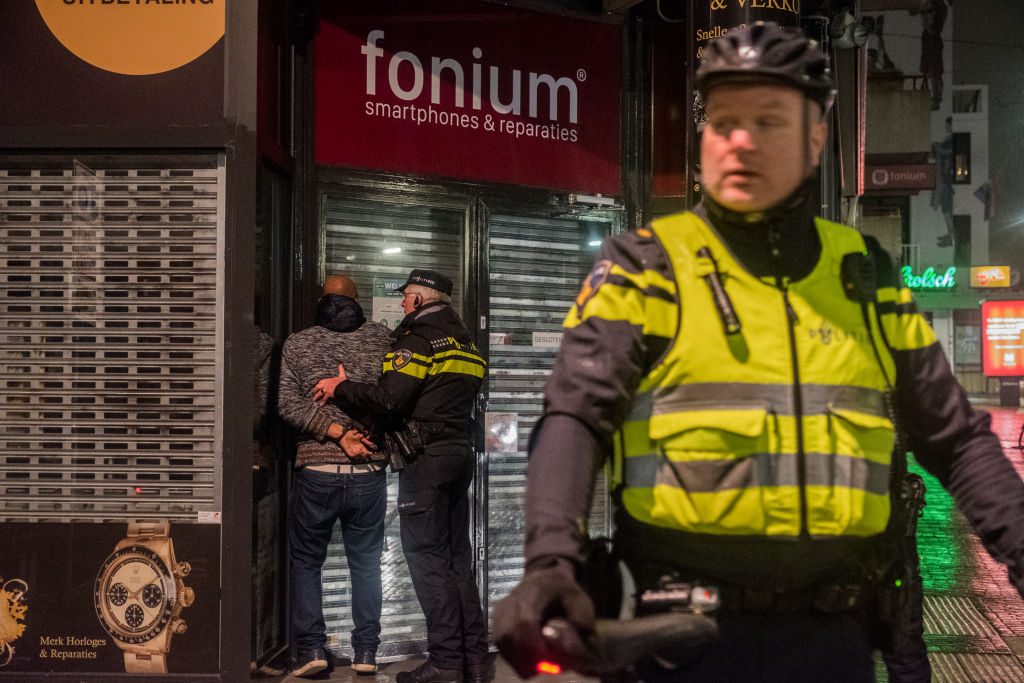

School closures were short in comparative perspective ( SI Appendix, section 1), and the first wave of the pandemic had less of an impact than in other European countries ( 36, 37). No other country has higher rates of broadband penetration ( 33, 34), and efforts were made early in the pandemic to ensure access to home learning devices ( 35). The country is close to the Organization for Economic Cooperation and Development (OECD) average in school spending and reading performance, but among its top performers in math ( 32). The Dutch school system combines centralized and equitable school funding with a high degree of autonomy in school management ( 30, 31).

The findings imply that students made little or no progress while learning from home and suggest losses even larger in countries with weaker infrastructure or longer school closures. Results remain robust when balancing on the estimated propensity of treatment and using maximum-entropy weights or with fixed-effects specifications that compare students within the same school and family. Investigating mechanisms, we find that most of the effect reflects the cumulative impact of knowledge learned rather than transitory influences on the day of testing. Losses are up to 60% larger among students from less-educated homes, confirming worries about the uneven toll of the pandemic on children and families. The effect is equivalent to one-fifth of a school year, the same period that schools remained closed. Still, our results reveal a learning loss of about 3 percentile points or 0.08 standard deviations. The Netherlands underwent only a relatively short lockdown (8 wk) and features an equitable system of school funding and the world’s highest rate of broadband access. We use the fact that national examinations took place before and after lockdown and compare progress during this period to the same period in the 3 previous years. Here we evaluate the effect of school closures on primary school performance using exceptionally rich data from The Netherlands ( n ≈ 350,000). So far, data to study this question have been limited.

23.Suspension of face-to-face instruction in schools during the COVID-19 pandemic has led to concerns about consequences for students’ learning. The public health institute credited the tough lockdown and curfew with reducing infections by an estimated 10% since Jan. The percentage of positive tests in what the institute called a “third wave” of infections declined slightly from 11.5% to 9.8%. Rutte announced the changes to the lockdown after the country’s public health institute announced that confirmed coronavirus infections rose by nearly 19% over the past week as more people got tested following a week of icy conditions. The government government subsequently rushed new legislation through parliament to give the stay-home order a new legal underpinning. It was the subject of legal wrangling last week, when a judge ruled the curfew was improperly ordered and the government appealed. curfew the Dutch government imposed sparked rioting when it was introduced. Belgian authorities are set to decide Friday on extending the country's lockdown. In neighboring Belgium, the government presented projections Monday indicating it would be very risky to extensively loosen its current restrictions over the coming weeks.


 0 kommentar(er)
0 kommentar(er)
